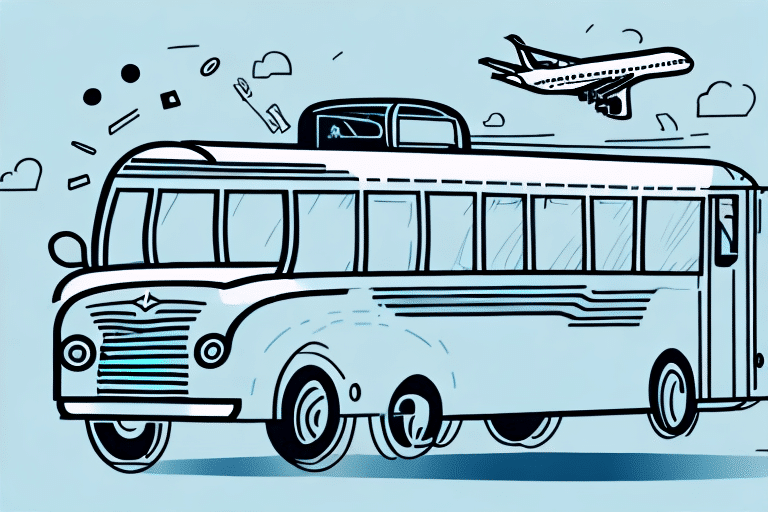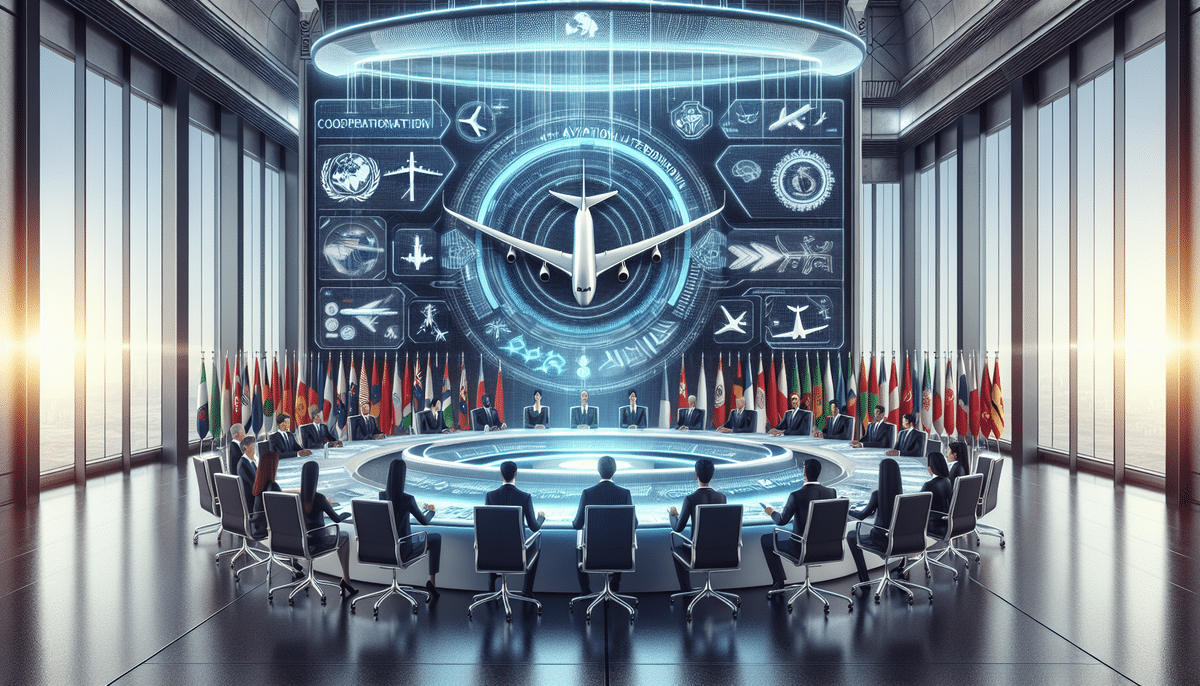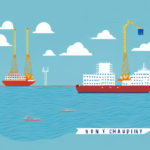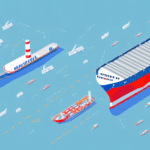Adapting to Decreased Consumer Demand in the Transportation Industry
The COVID-19 pandemic drastically transformed the global transportation landscape. As restrictions and safety concerns limited mobility, demand for various transport services plummeted. This unprecedented challenge compelled companies within the sector to innovate and restructure to survive and thrive in a new normal.
The Impact of COVID-19 on Transportation Demand and Supply
The onset of COVID-19 led to a significant decline in transportation demand across all modes, including air, rail, maritime, and road transport. According to the International Air Transport Association (IATA), global air traffic saw a reduction of over 60% in 2021 compared to pre-pandemic levels, resulting in substantial revenue losses for airlines. Similarly, the shipping industry faced a downturn, with the United Nations Conference on Trade and Development (UNCTAD) reporting a decline in global shipping volumes.
On the supply side, transportation companies grappled with disrupted supply chains, workforce shortages due to illness or quarantine, and financial strains from decreased revenue. The pandemic underscored the critical role of resilient transportation systems in the global economy, prompting swift adaptations such as the implementation of enhanced safety protocols and the accelerated adoption of digital technologies like contactless payments and online booking platforms.
Shifts in Consumer Behavior and Their Impact
The pandemic catalyzed lasting changes in consumer behavior. Remote work became widespread, online shopping surged, and leisure travel diminished, particularly in urban centers. The International Energy Agency (IEA) noted a notable decline in automotive sales, emphasizing a shift towards personal mobility solutions and sustainable transportation options.
Conversely, the logistics and delivery sectors experienced growth, driven by the increase in e-commerce. Additionally, alternative transportation modes like cycling and electric scooters gained popularity as individuals sought safer, environmentally friendly commuting options.
Strategic Responses to Reduced Demand
Transportation companies deployed various strategies to mitigate the impact of reduced demand. Cost-cutting measures, including workforce reductions and operational downsizing, were common. Diversification into new business areas, such as medical supply delivery, provided alternative revenue streams for some firms.
Government support was pivotal, with many companies accessing emergency loans, wage subsidies, and tax relief to maintain operations and retain employees. Implementing stringent safety measures, such as providing personal protective equipment (PPE), enhancing sanitation protocols, and enforcing social distancing, became standard practices to ensure the safety of employees and passengers.
Leveraging Technology for Adaptation
Technology has been integral in the transportation industry's adaptation efforts. Investments in autonomous vehicles, drones, and robotics have enhanced efficiency and safety in freight and delivery services. Digital platforms and e-commerce capabilities allowed companies to capitalize on the rise in online shopping and manage home delivery demands effectively.
Contactless delivery options and real-time tracking systems became essential tools for minimizing virus transmission risks and ensuring compliance with safety guidelines.
Collaboration and Industry Partnerships
The complexity of the transportation sector necessitated collaboration among various stakeholders, including transport operators, logistics providers, shippers, and regulators. Partnerships facilitated the efficient movement of essential goods and medical supplies and enabled the sharing of resources and expertise to navigate the crisis effectively.
Such collaboration fostered industry resilience, ensuring the continuity of critical services despite ongoing challenges.
Future Outlook: Post-Pandemic Transportation Trends
As the industry recovers from the pandemic, several trends are shaping its future. Experts anticipate a sustained shift towards sustainable transportation solutions, including electric vehicles and renewable energy-powered public transit. The adoption of autonomous vehicles is expected to accelerate, offering safer and more efficient transport alternatives.
Moreover, the rise of remote work may lead to more localized transportation systems, emphasizing cycling infrastructure, pedestrian-friendly urban designs, and neighborhood electric vehicles to accommodate reduced commuting needs.
Sustainability and Green Initiatives
The pandemic has highlighted the importance of sustainability within the transportation sector. Companies are increasingly investing in eco-friendly technologies and practices to reduce their carbon footprint. Initiatives such as the adoption of electric and hybrid vehicles, implementation of carbon offset programs, and the use of alternative fuels are becoming more prevalent.
These sustainability efforts not only address environmental concerns but also align with growing consumer demand for responsible and green transportation options.
Government Policies and Support
Governments worldwide have played a crucial role in supporting the transportation industry during the crisis. Policy measures, including wage subsidies, tax reliefs, and emergency loans, have provided necessary financial assistance to keep companies operational. Additionally, government initiatives have ensured the continued transport of essential goods, reinforcing the sector's role in maintaining societal functions during emergencies.
Innovations in Freight and Delivery Services
Amidst reduced demand, the freight and delivery sectors have seen significant innovations. Companies have adopted advanced technologies like drones and autonomous delivery vehicles to enhance efficiency and meet the surging demand for home deliveries. Flexible and responsive delivery networks have been developed to adapt to fluctuating consumer demands swiftly.
Conclusion
The transportation industry's experience during the COVID-19 pandemic underscores its resilience and capacity for adaptation. While the sector faced unprecedented challenges due to plummeting consumer demand, it responded with strategic innovations, technological advancements, and collaborative efforts to navigate the crisis.
The future of transportation will likely be shaped by continued emphasis on sustainability, technological integration, and flexible business models. As the industry evolves, it will continue to meet the dynamic needs of consumers and businesses, ensuring its pivotal role in the global economy.






















